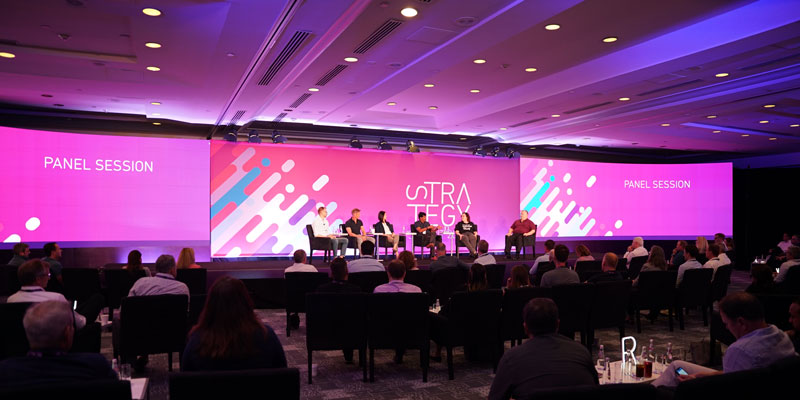Maximizing Visual Effect Through Strategic Material Timing for LED Display Performance
Wiki Article
Enhancing visual effect during LED wall performances requires meticulous preparation and strategic visual scheduling. LED walls are powerful tools in visual storytelling, often used in concerts, events, and displays. The efficacy of these displays depends not only only on the quality of the visuals but additionally upon how plus timing they are shown. By comprehending the viewers' focus span plus the flow of the event, organizers can create a more engaging experience that captivates spectators and enhances the overall show.
One crucial element of tactical content timing is timing. It is essential to align the visuals with the rhythm and pace of the performance. For instance, during a music performance, visuals should complement the beat and mood of the music. This synchronization helps to forge a unified encounter that pulls the viewers in. Additionally, it is important to take into account the duration of each visual clip. Brief, striking clips can maintain audience interest, while longer images may be appropriate for instances of contemplation or sentimental connection. By altering the length and vigor of the visuals, organizers can keep the audience engaged throughout the show.

Another important element is the material in question. The visuals displayed on the LED wall should be pertinent to the concept of the show. This pertinence helps to reinforce the message being communicated plus renders the encounter more memorable for the audience. For example, if the performance is about environmental consciousness, using images that depict nature and wildlife can enhance the message. Furthermore, adding lively features, such as animations or interactive helpful hints graphics, can add excitement and maintain the viewers' focus. The appropriate material, shown at the right time, can considerably enhance the effect of the show.
Viewer engagement is also a crucial consideration in content scheduling. Understanding the demographics and preferences of the audience can guide the selection of images. For example, a younger audience may respond better to vibrant colors and fast-paced animations, while an older crowd might value more nuanced and refined images. By customizing the material to the audience's preferences, event planners can create a more tailored encounter that connects with spectators. Additionally, adding viewer involvement, such as real-time surveys or media interactions, can further enhance engagement and make the performance more interactive.
Finally, evaluating the effectiveness of the content scheduling is essential for future performances. Gathering feedback from the viewers can provide valuable insights into what worked successfully plus what could be improved. This data can assist event planners refine their strategies and make informed decisions for upcoming performances. By constantly evaluating and adapting the visual timing strategy, event planners can maximize the visual impact of LED wall shows plus craft memorable experiences for their audiences.